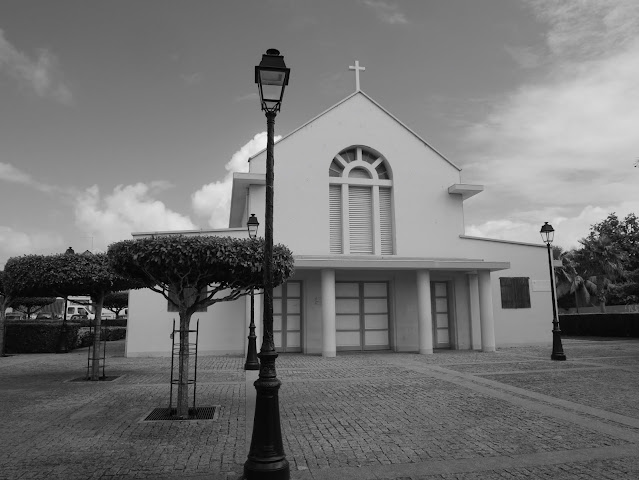You cannot simply subtract the importance of the techniques of photo taking from our first goal of delivering an impression, an interpretation of a recorded subject moment. Everything is participating into the creative process of a picture. Spontaneity may intervene only at the vest last instant of triggering the shutter release of the camera. A photo project is not a complete improvised creative impulsion. It is the combination of conscient-unconscient process that provoke the action of recording a picture.
With time I have learned the importance to be oriented with more specific subjects and photographic techniques. For sure, it does not prevent us to pursuit other pictorial experiments and further explore different subjects but to be more focused help to get results that are reflecting our anticipation. One particular good picture may be the result of a lucky opportunity but a good, documented photo project that is showing diversity and originality require more dedication and persistence.
Here are some personal examples of recurring photo projects that I still privilege over the years:
The subject of twins (not identical!) *:
Chains of humanity **:
Religious artefacts ***:
Provoking photography ****:
The search for photographic subjects and their different interpretations is a never-ending creative quest. It involves our deep human curiosity to understand the deep nature of our surrounding world. We will continue to evolute not only because we are questioning ourselves about the purpose of our own life, but more important, because we are always tempting to apprehend the nature of this universe which we are a very tiny participating part.
* The subject of twins is not new. You may refer to the Diane Arbus photo study for example. Often interpreted on an exclusive human perspective, twins are present in every ways into our surrounding universe and are often not so identical in fact!
** Chains of humanity are the behavior signs that may characterize the most our sociality. These chains or bond between people have a deep symbolic value especially during our present time.
*** Religious symbolism has been part of the human history. From a young age, I have been first submerged into the religious social pressure to later be completely abandoned to a merely agnostic society and then replaced today by a melting of extreme positions. It is hard to believe that all this happens in this very short piece of time. The architectural artifacts of the recent past (100 years) are interpellating us about the significance of our human path. But they are now the material testimony of different beliefs that can be questioned themselves but that are still present in our day-today life.
Here in our French-Canadian culture, roman catholic religion was the backbone of a post-rural society that persisted until the 1960-1970 years. After, it vanished almost instantly in profit of a self-egocentric material world. Although we cannot propose to go back in a very restrictive and authoritarian surrounding that have denied the right to be different, there is always a kind of nostalgia based on a fragmented and biased perception of this recent past period.
**** Provocative unprovoked Photography: There is this big controversy about "framed" picture subject that many photographers are producing without stating if they are more staged than spontaneous. We have scandals around the photo illustration world like those from the prestigious and highly notorious National Geographic Society magazine. Is "Retouching" a subject although on the spot or in post-processing represent "the" reality or even an interpretation of it?
If you were an anthropologist, you may know already that the only presence of a new looker in any situation will have a direct influence on it that can be tiny or very large depending on your own measurement scale. With photographer it is further worse, and it is by far not a new phenomenon. So, by stating that trivial fact, do we have the excuse of the other excess meaning completely recast a photographic scene to our own taste? Because you are speaking here of integrity (not far from honesty). In brief, can we allow us to "touch" the subject and alter its aspect and spatial relation?
Pictures are speaking by themselves, but they are also speaking about the ones who have taken them. Many of us can recognized easily staged or simulated photographic situations over the more authentic ones. True that we can make some mistaken judgements but on the average the bids are good enough. And over that pictures that have a sense of authenticity have a further impact than the ones that seem to be a fabrication from their author. To draw the attention of a picture looker, you will ask to get an initial impact but to prolong it, you will need photographic substance mainly a story along the initial subject.













Aucun commentaire:
Publier un commentaire